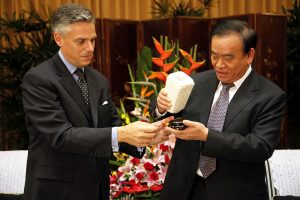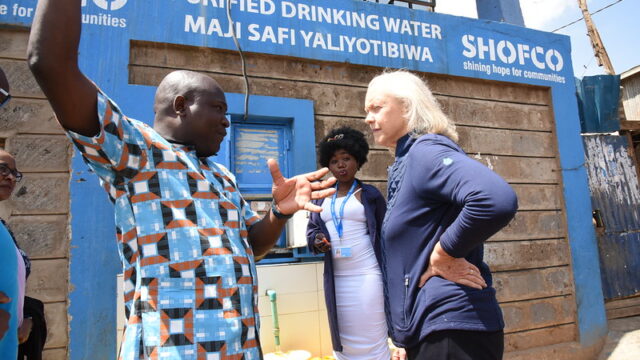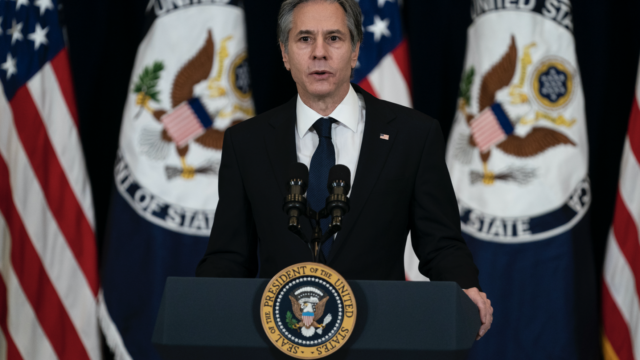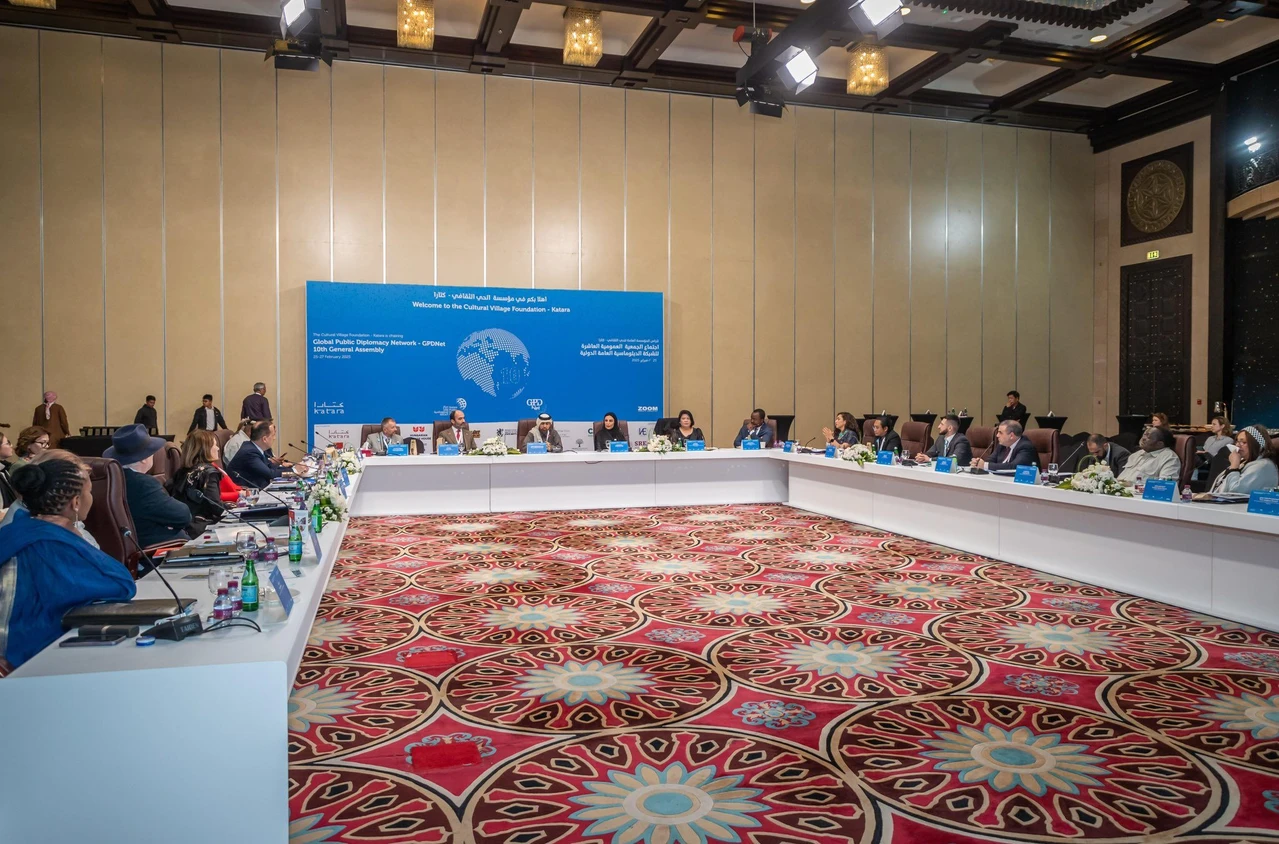Why do diplomats give gifts?

At the US State Department, diplomatic gifts come in all shapes and sizes, from woven straw baskets to precious stones. In ancient civilizations on every continent, dignitaries and leaders exchanged gifts to welcome, honor, and cultivate beneficial diplomatic relationships.
For so many centuries, the exchange of gifts has kept us together. It has made it possible to bridge the abyss where language struggles.
Barry Lopez
Provincial Governor Lu Zushan, right, exchange
Gifts during a meeting. (AP Photo/Eugene Hoshiko, Pool)
Many of the gifts featured here (and in the US Diplomacy Center collection) are tokens of appreciation and welcome to our Secretary of State when traveling abroad or receiving visitors. The exchange of gifts takes place in the ceremonial climate of toasts, banquets, speeches, and formal greetings.
A state gift often captures the essence of a nation, chosen for their ability to show pride in a unique culture and people. State gifts may represent traditions of fine or folk art, handicrafts or craftsmanship. They can flaunt wealth in precious stones or metals, fine textiles and clothing. Gifts can come from a rich heritage of antiques and antiques, or an expressive stock of cultural icons. In this way, the gift becomes more than a mere formality, but a reminder of the special alliance between the giver and the recipient.
Presidents, First Ladies, US Secretary of State and other US leaders present a wide variety of gifts, including jewelry, fine books about the US, ornaments or engraved silver trays. A secretary can choose a gift that includes a personal message. Secretary Condoleezza Rice, for example, gave away small china jars with a portrait of Sojourner Truth, the great 19th-century African-American abolitionist and suffragette. If there is a particularly close relationship, the US may make a unique gift based on the interests of a foreign dignitary. The United States Department of State’s Office of Protocol identifies and wraps gifts for the President and Secretary of State to exchange.






